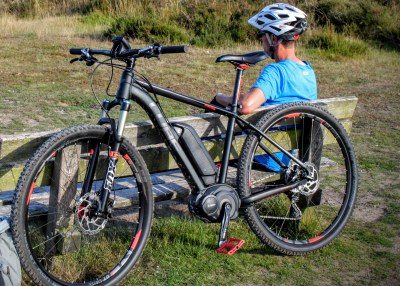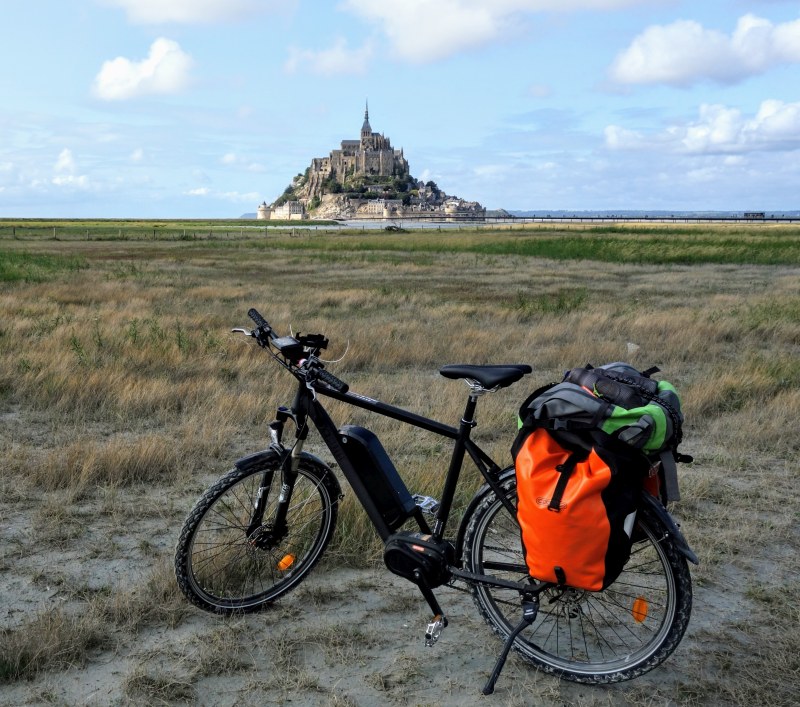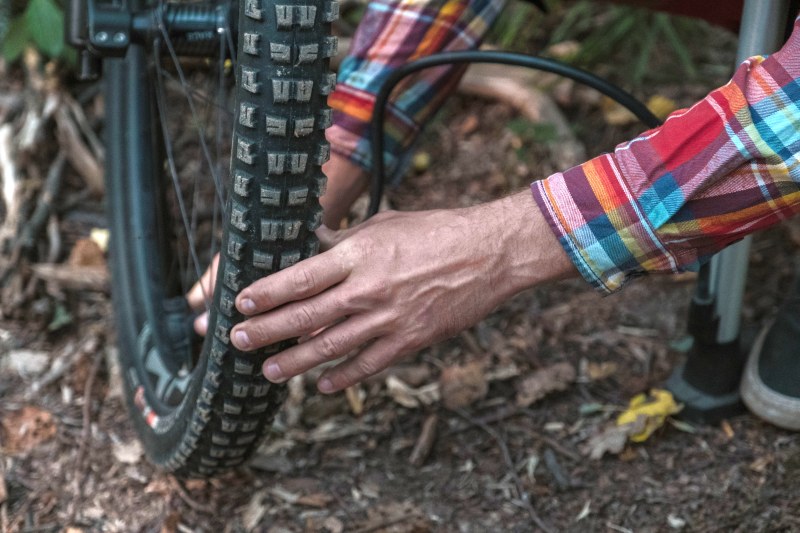Facts about e-biking, things every e-biker should know

Range of the battery
The distance an electric bike will go on a battery charge is called range. This is an important specification to pay attention to when comparing e-bikes with your desired riding style. For example, if your commute involves steep climbs, you don’t want to run the battery low halfway up the hill. Without power, an e-bike can be an uncomfortable mode of transportation that demands more energy for the cyclist to pedal. So the range of an electric bike generally depends on the following.

The electric bikes battery capacity or volts
The better the battery is will help you maximize the distance (range) you expect to achieve, so look for a reputable named battery manufacturer. Then make sure the warranty covers the battery for at least two years.
Lithium-ion batteries typically last for 1,000 complete charge cycles, adding back depleted volts.
Maybe more with these helpful tips. Now think of a volt as the “force” pushing an Amp through the system. The higher the voltage, the more energy the motor can move. So, a higher voltage system can send more power through the circuits to the motor. Most common are 36-volt batteries, but more bikes use 48-volt batteries and some high-performance bikes with additional voltage. All else being equal, a higher voltage system will deliver more torque for quicker starts, but it will drain your battery faster.

The average speed you travel and cadence
The average riding speed is a part of the equation to your preferred riding style, factoring in varying conditions (hills, paved to unpaved or irregular surfaces, and wind resistance). If your overall comfort level, riding a bike, is at 13-miles per hour (mph) on average. Your speed range may vary down to six mph on a climb and 20 mph, with a tailwind zooming downhill.
For maximizing your e-bike range – knowing how much pedal-assist to apply to your favored cadence is essential to your average speed riding an e-bike. Counting the number of times your pedal rotates per minute (RPM), the rhythm for the average cyclist is somewhere between 70 and 100 RPM. With a regular none-motorized) bike, this is achieved by using the bicycle’s gears so your cadence stays in the desired range. Using this same practice on an electric bike will decrease the demand on the motor, as it assists you for a longer sustained range.

Use your gears to make it easier
There will be less resistance on the pedal when shifting into lower gears, so it turns faster (called spinning). Moving into a higher gear to go more quickly will give you greater resistance to the pedals. This will also slow your cadence down, making the pedal-to-wheel ratio closer to even. So, by shifting your gears appropriately, your legs will maintain the same average pace, regardless of how fast or slow you are physically moving. The end result of keeping your cadence on the e-bike will be less strain on the motor, which will extend your pedal assist range from the battery.

Properly inflated tires
Regardless, if you are driving a regular bike, electric bike, or automobile, having your tires properly inflated will improve your performance. An under-inflated tire adds more friction against the road or trail surface. For an e-bike, the motor will work harder and decrease your range. If you are only going to commute six to ten miles daily, you don’t need a battery and motor system that goes a long distance. However, a bike that goes longer distances than you currently need could be a good investment because the range will drop as the battery ages and loses capacity. If you are only going to commute six to ten miles daily, you don’t need a battery and motor system that goes a long distance. However, a bike that goes longer distances than you currently need could be a good investment because the range will drop as the battery ages and loses capacity.

To maximize the life of your electric bike battery
Ride your bike a lot and charge it often
If your bike comes with a smart charger, faithfully disconnect the charger within 24 hours.
When not in use, for a week or more, charge the battery to only 40% to 70% of its capacity
Then store the battery or bike and battery in a cool dry place, above freezing.
Checking and charge every two to three weeks to keep it in that range
Text: Have Fun Biking

